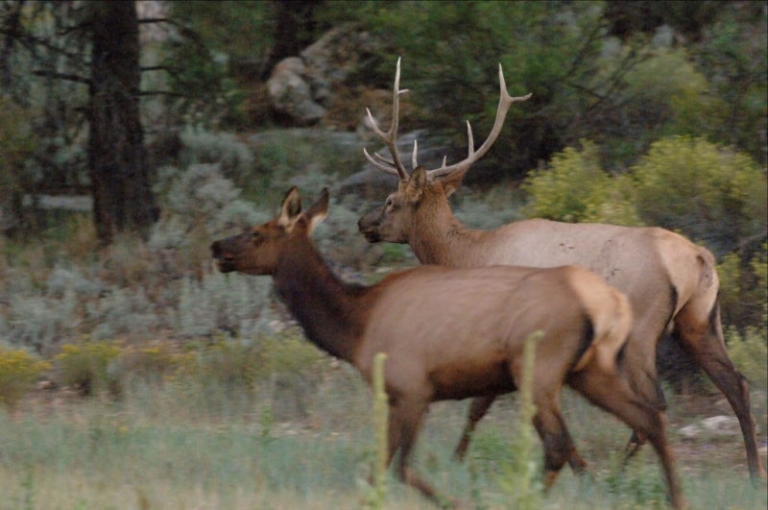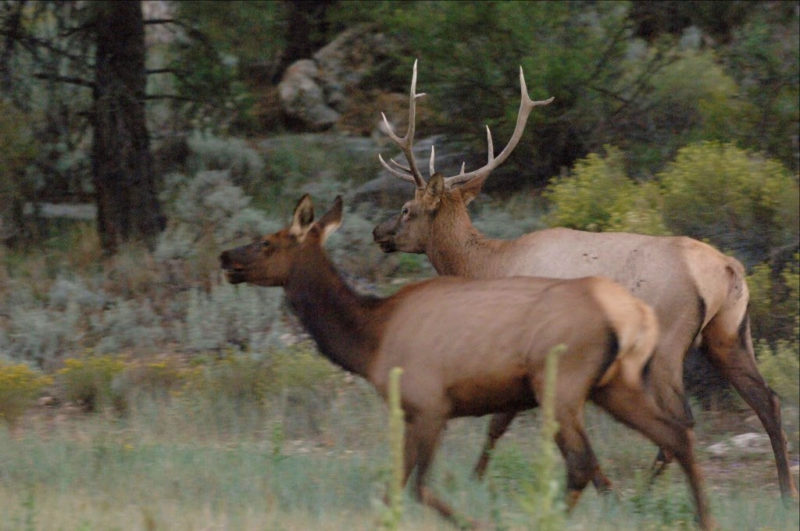

Fifty elk will be released "softly" into the mountains of southern West Virginia this summer in an effort to reestablish the animal in its native range, and another 20 calves may be on their way as some of the cows are pregnant, state officials say.
Transported from Arizona over the last year, the herd will be released without fanfare, according to officials with the W.Va. Division of Natural Resources.
The pen gates will be quietly opened, and the elk will be allowed to leave at their own pace — a method deemed safer and less stressful for the animals.
Governor Jim Justice in a ceremony today near Logan heralded the release as a good example of reinvestment of state revenue.
“The restoration of this magnificent animal to West Virginia represents a major wildlife conservation effort for our state,” Justice said.
“West Virginia’s sportsmen and women can be very proud that their hunting license revenue and excise taxes, paid through the Wildlife and Sport Fish Restoration Program, have provided most of the funding for this project.”
The free-ranging elk were captured in late January and held near Flagstaff, Arizona, for disease testing before being transported in early March to a holding pen near Holden.
They will be held another few weeks to comply with federal disease testing guidelines and to allow them to acclimate to their new environment.
The elk will join 35 othes previously acquired from Land-Between-the-Lakes National Recreation Area in western Kentucky.
Stephen McDaniel, director of the Division of Natural Resources, said the return of the elk "represents a major milestone in the state’s conservation legacy."
McDaniel said the effort would not have been possible without the financial and logistical support of many partner conservation organizations.
"We especially thank the Rocky Mountain Elk Foundation, The Conservation Fund, National Wild Turkey Federation, West Virginia Bowhunters Association, West Virginia Trophy Hunters Association, and Knobloch Family Foundation.”
The Arizona herd consists of 10 bulls and 40 cows, all adults. Some cows tested positive for pregnancy before leaving Arizona, which may result in the delivery of as many as 20 calves later this year.
The herd will be monitored by Global Positioning System (GPS) radio transmitters attached to each and purchased and donated by the Rocky Mountain Elk Foundation.
Elk were once native and common in West Virginia but are believed to have been extirpated from the state more than 140 years ago. The Elk River in central West Virginia was named for their habitation there.
Legislation enacted in 2015 authorized DNR to begin an active elk restoration plan. With the acquisitions of elk from Arizona and Kentucky, and with generous donations from interested partners and the work of countless volunteers, the project is now fully underway.
Read more about the division's Elk Management Plan.




























